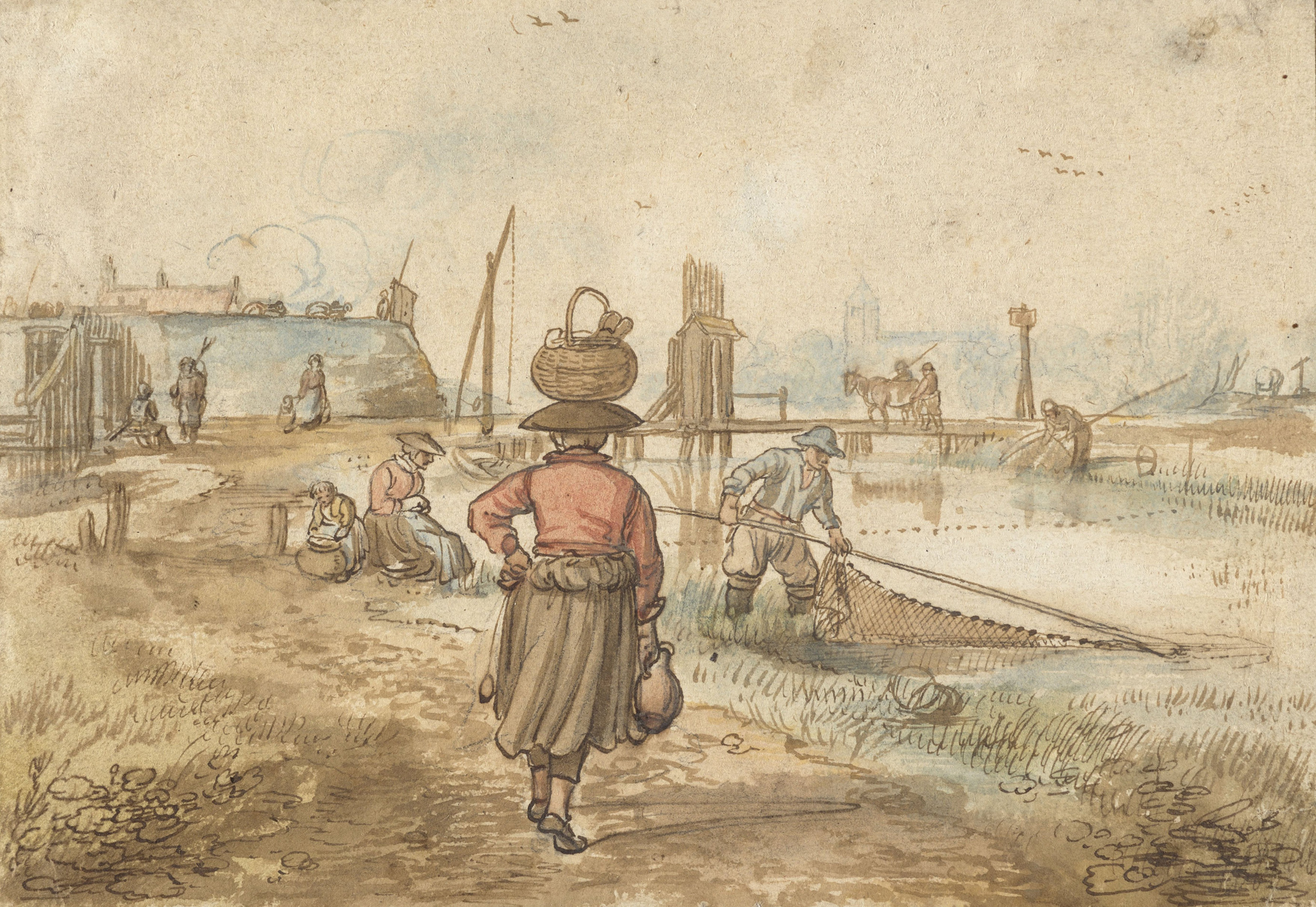Prochains évènements
Prochains séminairesVoir tout
Histoire des inégalités Histoire économique
January 28, 2026
12:30 - 13:45
Room R1.09, Campus Jourdan
Volha Lazuka
(U. Southern Denmark)
Skills Beget Skills: Evidence from Historical School Reforms Targeting Health and Further Education
Histoire des inégalités
January 7, 2026
12:30 - 13:45
Room R1.09, Campus Jourdan
Netanel Ben Porath
(Northwestern University)
Democratizing Education? Schooling as an Elite Strategy in Times of Reform
Prochains ateliers et conférencesVoir tout
Pas d'ateliers ou conférences à venir
Working papersVoir tout


